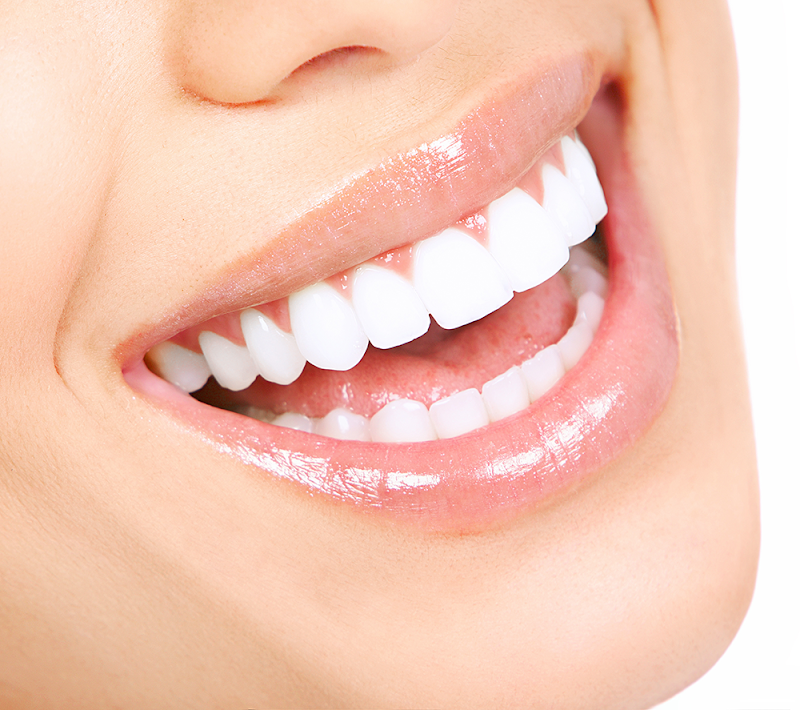A number of factors play a role when it comes to making that ‘first impression’. Among others, it’s a smile that captures most of the attention. However, having that ‘killer smile’ isn’t easy. Sometimes, due to genetics, and other times due to accidents, many people end up losing their tooth or two. On the other hand, many people have crooked, broken, and mis-alinged teeths. Such conditions may negatively impact a person’s self-esteem and confidence.
There is hope!
If you’re on the path for a straighter smile, you might consider the orthodontic appliance, Invialign. In the last couple of years, Invisalign has gained significant attention as an effective alternative to traditional braces for correcting dental misalignments. It’s clear, has minimal impact on daily life, and therefore no wonder that many individuals are opting for this treatment.
But, how much does it cost, particularly in regions like the USA, where healthcare expenses may vary depending on person to person. In this post, we’ll delve deep into the factors influencing the cost of Invisalign in the USA and gain a clear understanding of pricing.
The major factors impacting the cost of Invisalign may include complexity of the case and length of treatment. In some cases, it may also include the cost that dentists pay to the Invisalign.
General Breakdown For a Invisalign Treatment
Very mild to mild:-
Invisalign Express (up to five aligner): $1,200 to $1,800
Invisalign Express (up to seven aligner): $1,500 to $2,000
Mild to moderate:-
Invisalign Lite (up to 14 aligners): $3,000 to $4,500
Invisalign Moderate(up to 20 aligners): $3,500 to $5,000
Moderate to severe:-
Invisalign Comprehensive(ultimate aligners): $4,500 to $8,000
Growing Children:
Invisalign First Comprehensive (unlimited aligners): $3,000 to $4,500
Invisalign First Comprehensive Phase 2 (unlimited aligners): $3,000 to $4,500
In case of a more severe case, you can go in for a full comprehensive treatment package from Invisalign, which may cost around $4,500 to $8,000.
What Impacts The Invisalign Cost?
As per Brad Eckhardt, D.M.D., a dentist at Elite Dental Center in Greeley, Colorado, the following factors influence the cost of Invisalign treatment:-
Complexity of the Case
First one first, an invisalign treatment addresses various orthodontic issues, from minor crowding to more severe misalignment or bit problems. The complexity of your case is determined by the factors like the degrees of misalignment and the need for jaw correction, directly impacting the treatment plans’s intricacy.
Duration of Treatment
The length of your Invisalign treatments in USA correlated with the number of aligners needed to achieve desired results. While some cases may require only a few months of treatment for minor adjustments, others may span one to two years for more significant corrections. Longer treatment duration not only means more aligners but also necessitates more frequent dental visits for progress checks and adjustment, leading to increased costs over time.
Locations
Dental care costs can vary significantly depending on your geo location. For example, in Urban areas with higher costs of living generally have higher dental fees. Factors such as demand for orthodontic services, local market competitions, and overhead expenses also influence pricing. Consequently, Invisalign treatment may be more expensive in cities or regions where dental care costs are generally higher.
Dentist/Orthodontist Expertise
The skills and experience of the dentist or orthodontist administering your Invisalign treatment can impact the overall cost. Providers with advanced training, specialized expertise in orthodontics, or a reputation for achieving excellent results may command higher fees. However, choosing a qualified and experienced provider often pays off in terms of treatment quality, efficiency, and patients satisfaction, potentially reducing the need for additional interventions or corrections in the future.
Additional Services
In some cases, achieving optimal results with Invisalign treatment may require supplementary services. These can include tooth extractions to create space, dental restorations to address cavities or damaged teeth, or the placement of attachments (small, tooth-colored, bumps) to facilitate tooth movement. Each additional service incurs its own cost, contributing to the overall expenses of treatment.
Insurance Coverages
Dental insurance policies vary widely in terms of coverage for orthodontic treatment, including Invisalign. While some plans cover a portion of the cost, others may offer limited or no coverage at all. Before starting treatment, it’s essential to review your insurance policy’s orthodontic benefits, including any restrictions, waiting periods, and maximum coverage amounts. Understanding your insurance coverage can help you anticipate your out-of-pocket expenses and plan accordingly.
Payment Plans
Many dental practices offer flexible payment options to help make Invisalign treatment in USA more affordable. These may include interest-free payment plans, financing through third-party providers, or discounts for payment in full upfront. Payment plans allow patients to spread the cost of treatment over time, making it more manageable within their budget constraints. So, when you are exploring payment options, be sure to inquire about any associated fees or interest rates to assess the total cost of financing.
Aftercare
After completing the primary phase of Invisalign treatment, patients typically transition to wearing retainers to maintain their newly aligned teeth. Retainers help prevent teeth from shifting back to their original positions over time. The cost of retainers, which may be included in the overall treatment package or charged separately, should be considered when budgeting for Invisalign treatment. One more thing, ongoing dental check-ups and maintenance appointments are essential for long-term oral health and may entail additional costs beyond the initial treatment phase.
Payment Options for Invisalign
As of now, there are three ways you can pay for Invisalign, says Michael Gorlovsky, D.M.D., an orthodontist at Windermere Orthodontics in Suwanee and Cumming, Georgia. These options may include using your current dental insurance, using your Flexible Spending Account (FSA) or Health Saving Account (HSA), asking your doctor for a monthly payment plan.
Payment Plans
Some typical payment plans offerings include twenty four months of no-interest payments, or 36 months with no money down. That said, you may need to qualify for the financing, so your credit score should be good.
Sometimes Invisalign providers may offer the instalment options or use CareCredit, a financing company that allows you to pay your balance over 12 to 48 months. Speak with your Invisalign provider to see if they offer such payment plans. Then choose the one just right for you.
Health Saving Account (HSA)
As HSA is a savings account you can use to save money for your medical expenses. Under an HSA account, you may be reimbursed for expenses with pre-tax dollars. You pay for Invisalign first, and then you can easily get reimbursed from the account.
In 2022, patients with a High Deductible Insurance Plan ( a minimum of $1,400 for an individual and $2,800 for a family) can contribute up to $3,650 (individual) or $7,300 (family), which rolls over year to year if not used. This is unlike an FSA, which expires after a year.
Flexible Spending Account (FSA)
Invisalign qualifies for payments from an FSA account, says Dr. Gorlovsky. A flexible spending account is often sponsored by an employer. It’s that one account that you can put money into and they pay later for your medical expenses. It is something similar to HSA, but after making a payment, a patient can seek reimbursement from their FSA account.
Your employer may also offer an FSA program that may allow you to contribute pre-tax funds on an annual basis. The limit of this account may be determined by your company, and usually expires around 2-3 months after the end of the year.
Dental Schools
At dental schools, students provide Invisalign treatment under the supervision of professional dentists. Also these schools offer lower prices for Invisalign treatment, making them a good option for people who can’t otherwise afford the cost. That said, while Invisalign is less expensive through a dental school, the savings might just not cover it all. Some of the other factors to consider may include longer wait times, lengthier office visits and even stricter protocols.
Medicaid and Chip
Medicaid and the Children’s Health Insurance Program (CHIP) provide required insurance coverage for families below the low-income bar, children, pregnant women, and individuals with disabilities and the elderly for necessary medical procedures. “However, if the medical condition of the child is critical then they might offer the financial coverage needed”.
Conclusion
Invisalign was the only clear aligner market for years, but with the expiration of the key patents, numerous alternative providers have emerged. Thorough research is crucial for doctors to advise patients on the best option amidst the various pros and cons of each provider. As per the research, alternatives to Invisalign include brands like Byte, Candid, and NewSmile, which offer cost-effective options compared to Invisalign.
While these alternatives can suffice for simpler cases or orthodontic relapses within the last six to twelve months, severe cases may benefit more from Invisalign due to its advanced technology.
An emerging trend among orthodontists is offering in-office aligner alternatives, leveraging software and 3D printing. While these alternatives can be promising and cost-effective, patients should seek experienced providers for optimal outcomes. To maximise the Invisalign experience, practical tips such as investing in a removal tool and a storage case are recommended to maintain hygiene and prevent damage. Additionally, soaking aligners in mouthwash or denture cleaner minimise bacterial buildup when not in use.






